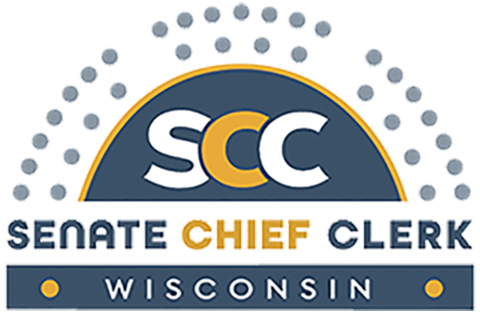WISCONSIN LEGISLATURE
How a Bill Becomes a Law
Senator has a new idea
The legislative process begins with a new idea. Ideas for bills can come from various sources: the Senator, a constituent, a group of citizens, a state agency, or a business may request that a law be changed, repealed, or created to solve a problem. The Senator will work with staff and others to craft the needed bill properly.
Bill goes through committee process
Committees provide the best opportunity for members to study a bill carefully. At a public hearing, experts and members of the general public can express their opinions and make recommendations. At an executive session, committee members will vote on any changes they want to make to the bill through amendments. Once the committee is satisfied with the bill's language, it will vote on the bill report its recommendation to the full Senate for consideration.
Senate and Assembly pass bill
When a bill makes it in front of the full Senate, the members have an opportunity to debate and amend the bill. When a bill passes the Senate, it is sent to the Assembly, where it follows the same procedure from referral to the committee process and then to the Assembly floor. If the Assembly amends a Senate bill, the bill comes back to the Senate for concurrence. If the Assembly concurs in a Senate bill with no changes, the bill goes onto the Governor.
Governor signs bill into law
Once a bill has been presented, the Governor has six days, excluding Sundays, to sign it into law or veto the bill. If the Governor neither signs nor vetoes a bill, it automatically becomes law without their signature. Vetoed bills are returned to the Senate along with a veto message. A vetoed bill can become law if two-thirds of the members of each house vote to override the Governor's veto.





